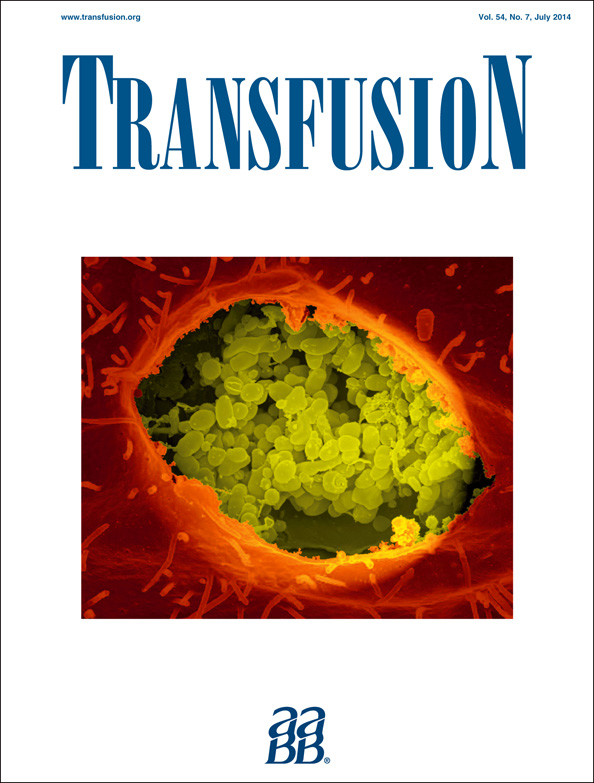Effect of maternal iron status on the number of CD34+ stem cells harvested from umbilical cord blood
Abstract
Background
Hematopoietic progenitor cells (HPCs) from umbilical cord blood (UCB) are an alternative source of stem cells. However an adequate number of HPCs must be harvested from each UCB sample to make therapeutic applications possible. This study investigated the impact of selected maternal indices (in particular iron status) on the number of CD34+ cells collected in the UCB.
Study Design and Methods
Blood samples were collected from 91 matched mother and umbilical cord pairs and analyzed for full blood count, iron status, and C-reactive protein. Viable CD34 enumeration was performed on the cord blood samples.
Results
Low CD34+ cell counts were associated with higher maternal serum ferritin (SF), older mothers, lower UCB white blood cell count (WCC), lower UCB nucleated red blood cells (NRBCs), and lower birthweight. Maternal SF correlated with maternal variables of iron status and RBC indices, newborn weight, placental weight, and NRBCs/100 WCC.
Conclusion
This study indicates that lower numbers of CD34+ cells are more likely to occur when collected from mothers with higher SF. This finding suggests that maternal SF and associated iron status play a significant, but as yet undefined, role in the generation of CD34+ cells in UCB.




